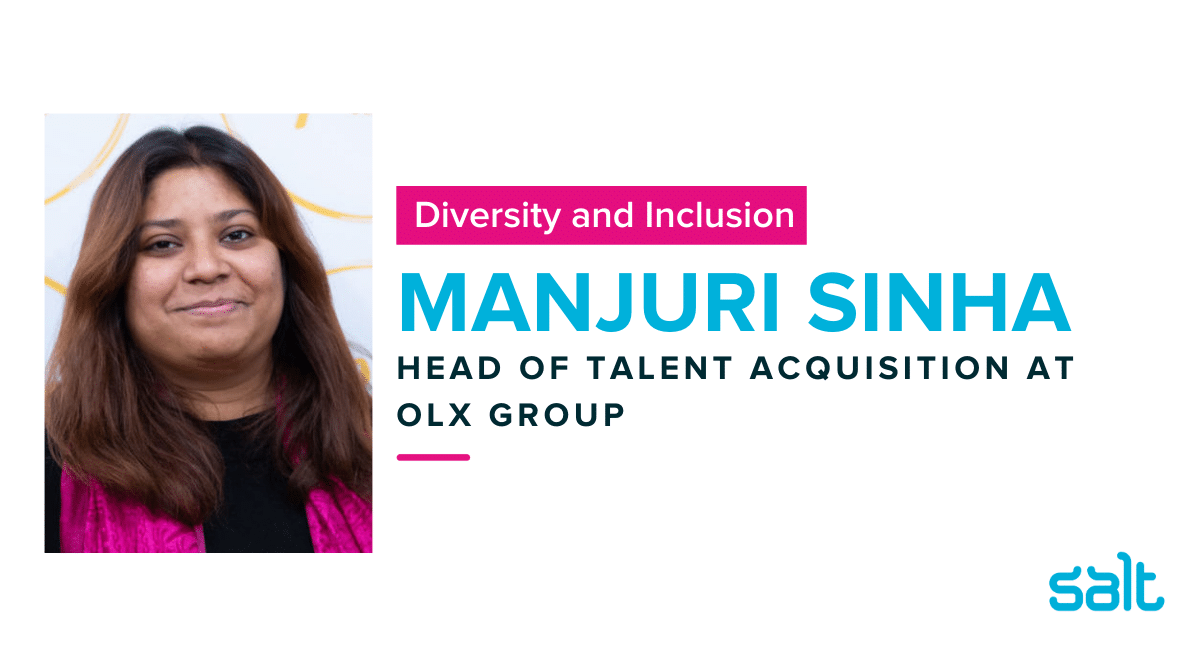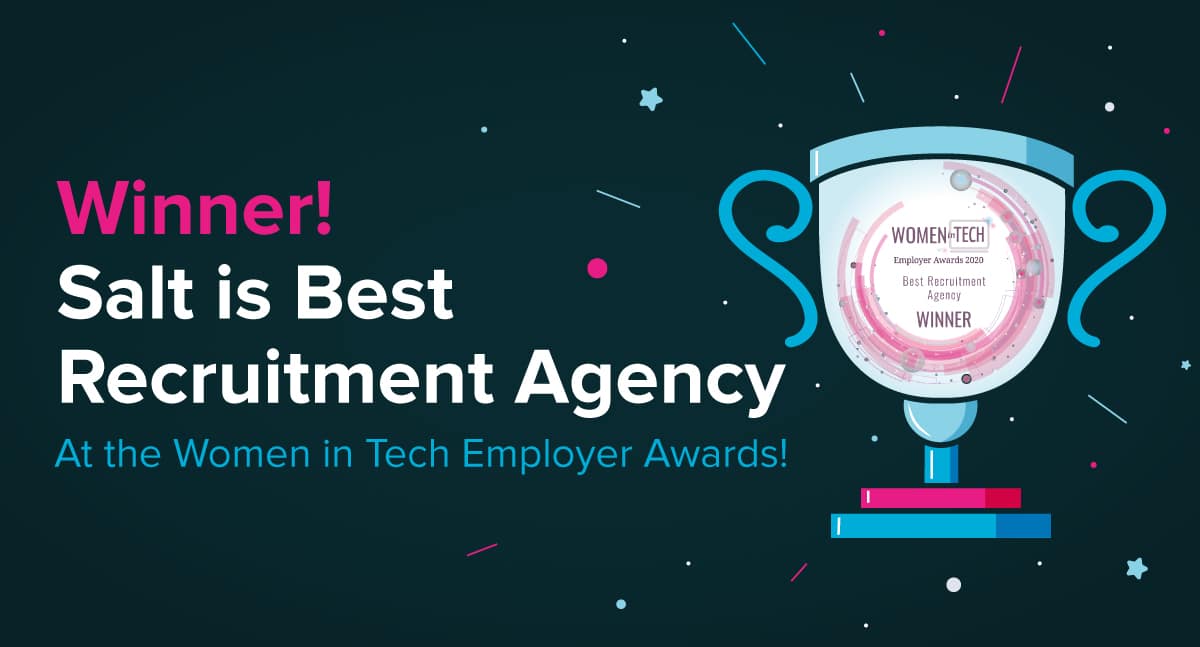
We recently spoke to Manjuri Sinha, Talent Acquisition at OLX Group to discuss creating inclusive workplaces as part of our Diversity and Inclusion interview series. In this interview, she shares her tips and advice on how to create an inclusive workplace.
Manjuri Sinha is Head of Talent Acquisition at OLX Group and has worked around the world, including Sweden and the Czech Republic at technology companies such as Accenture and Zalando, where she was heading Technology Talent Acquisition. When asked what diversity means to her, Manjuri explained:
“What really matters to me is the belonging. I should feel part of a room and shouldn’t be singled out. That is diversity to me. I don’t ever want to feel like I don’t belong, and I don’t want my team to feel like that either.”
1. It’s important that people feel like they belong
An inclusive workplace is an environment where everyone feels like they belong. Every touchpoint someone has with your business must be inclusive, whether a first interview or onboarding.
- Have you considered everything necessary such as disability access, tools that can help people with particular needs?
- Is your company inclusive of other cultures and races?
Creating inclusive workplaces also involves looking at your own personality traits and how you could be unwillingly excluding people.
Manjuri shares an example of when she ran a leadership feedback survey with her team and they highlighted that not everyone likes saying their ideas out loud in meetings, which she used to encourage. Taking this feedback on board, Manjuri has changed her meeting style so that she gives people plenty of time to think of their ideas, write it down on post-it notes, and if they are willing to share, they can.
Another way to make sure people feel like they belong is by creating voluntary Employee Resource Groups (ERG), however, this shouldn’t just be the responsibility of one team or HR – it should be company-wide. These groups hold each other and the business accountable and are a systematic way of ensuring after hiring that people are included.
2. Listen to your employees
To find out how inclusive your workplace is, start by asking your employees with an inclusion specific survey. Manjuri references mental health surveys that several organisations introduced throughout lockdown. They ran every 3 weeks to see how their employees were feeling and if extra support was needed, they organised video calls with a specialist, for example.
Similarly, you can’t change the construct at home, especially throughout lockdown, but how can organisations make it easier for people to work from home? One organisation Manjuri mentioned offered nanny support when the Government guidelines allowed to.
Inclusion is also about ensuring that dialogue between leadership is always kept open. You can do this by creating channels for your employees to give their feedback whether that’s surveys or regular all-hands sessions. You should ensure communication is open, and that feedback is followed up. Make sure your leaders don’t shy away from being vulnerable – even if there is not enough information about something just yet. Transparency is key. By having open communication at all times, it also helps hold people accountable.
On an organisational level, it’s all about walking the talk. If you are collecting questions or feedback, it’s important to make sure you follow up with answers.
3. How to make sure your Diversity Committee is successful
A lot of companies have started to look internally at what they can do better and some are introducing D&I councils and committees. Manjuri says it is so important that these committees have leadership involved and financial backing too, to ensure success.
Here are some other tips that Manjuri shared from her experience working in Talent Acquisition:
- The committees should have representation from all groups and across different sectors in the business
- D&I councils need to have goals set too and these should be published and shared with the organisation
- There should also be a feedback process on what the council is doing and how employees think the council is doing. This could come from community-level office groups or Employee Resource Groups
Where businesses go wrong is by talking about all the great things they want to do and then in 6 months, it goes quiet. This is why it’s a good idea to have goals and to communicate every step of the way, so if it doesn’t look like things are happening, employees know the work is going on in the background.
Manjuri shares her tips and insights into building diverse teams in our first interview.

